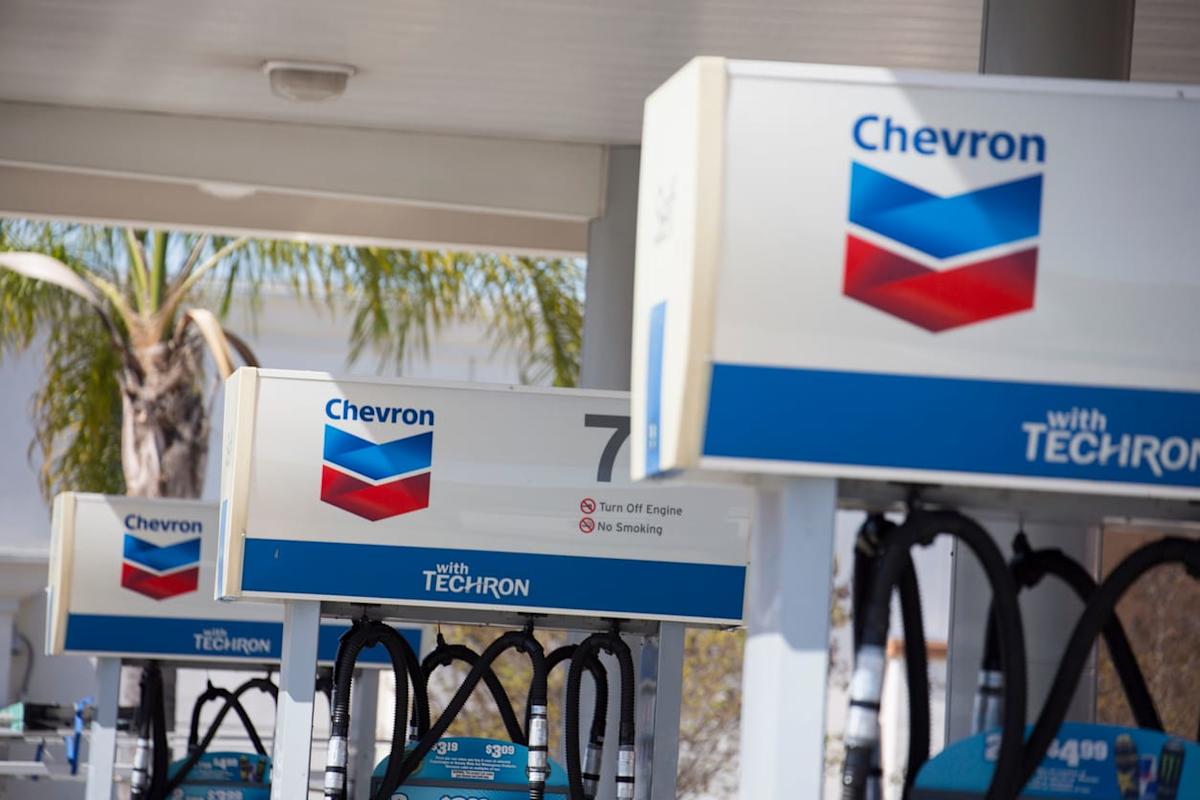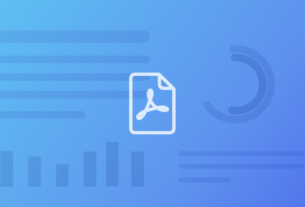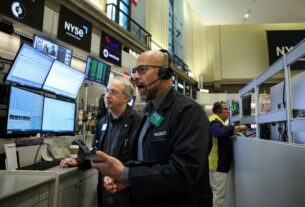6 min read
In This Article:
Chevron Corp (CVX) reported a 15% increase in free cash flow (FCF) quarter-over-quarter (Q/Q), and following the closing of the Hess acquisition, its FCF outlook is now stronger. Assuming Chevron ups its dividend by 4%, CVX could be at least 10% undervalued.
CVX closed at $151.40 on Friday, Aug. 1, after releasing its Q2 results in the morning. This is well off its high of $168.51 on April 1.
Moreover, as I discussed in a July 6 Barchart article, shorting out-of-the-money (OTM) put options is a great income play here. More on this below. First, let’s look at Chevron’s results and an updated price target.
Chevron reported that its adjusted free cash flow (FCF) was $4.9 billion in Q2, up over +16% over last quarter’s $4.2 billion adj. FCF, despite a 10% decline in crude oil prices, according to the company.
The FCF adjustment adds back to FCF the net changes in working capital and certain acquisition costs, as seen in the table below from pages 2 and 10 of its earnings release:
The fundamental point is that Chevron is squeezing out higher amounts of cash from its operations. Now that the Hess acquisition closed on July 18 (i.e., in Q3), management says its FCF outlook has been extended.
The net effect is that Chevron is finally covering its huge dividend and share buyback costs. This can be seen in the company’s deck presentation table (page 9):
It shows that in Q2 adj. FCF of $4.9 billion was $0.6 lower than the $5.5 billion cost of shareholder payments (i.e., $2.9 billion in dividends plus $2.6 billion in share buybacks).
Moreover, this could be covered if revenue and FCF margins play out as expected. For example, the Q2 adj. FCF was 10.3% of its $47.6 billion in quarterly revenue. If this improves by 12% to 11.65%, it could cover annual shareholder returns.
Here is why. Let’s use analysts’ $194.5 billion (according to Seeking Alpha’s revenue estimates for 2026):
11.65% x $194.5 billion = $22.65 billion adj. FCF
$5.5b div and buybacks x 4 = $22 billion shareholder payments
Even if it stays flat at 10.3% adj. FCF margins, the figure would be $20 billion, or less than 10% below shareholder payments.
The bottom line is that investors can expect CVC stock’s high dividend yield of 4.52% (i.e., $6.84 dividend per share / $151.40) could fall, pushing CVC stock higher.


